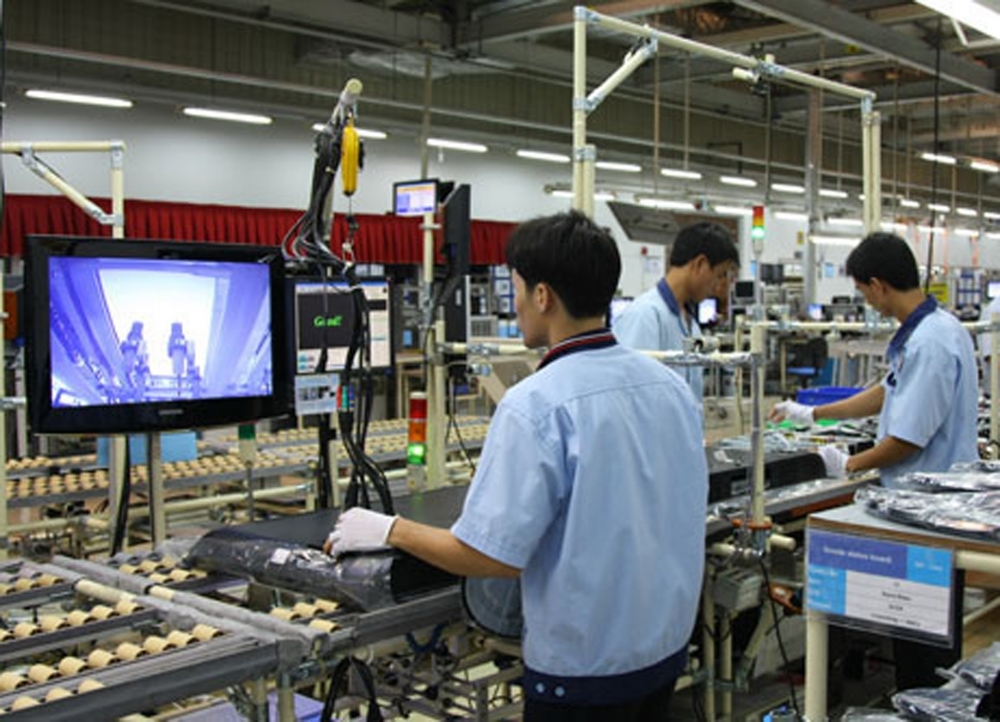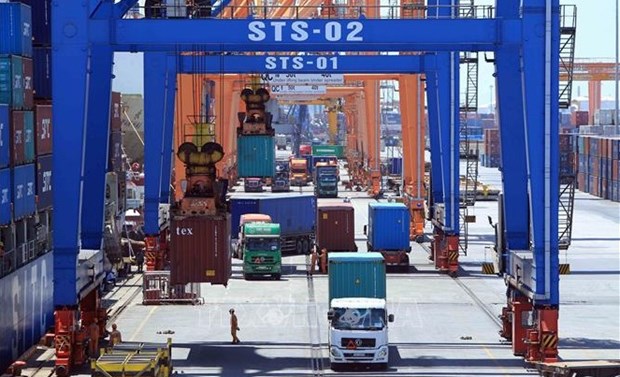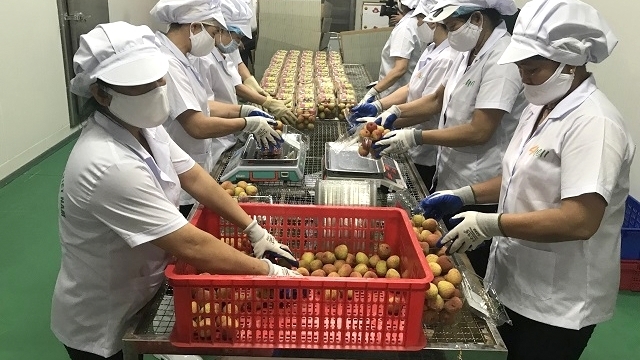Vietnamese businesses seek to increase presence in India
(VEN) - Trade turnover between India and Vietnam exceeded US$13 billion for the first time in 2021. However, bilateral trade has not met its potential due to a lack of Vietnamese business presence in the Indian market.

Key market in South Asia
India is a key export market in South Asia for many groups of Vietnamese commodities. These include industrial products that have increasingly asserted their position in the structure of export goods, such as chemicals, rubber, computers, electronic products and components, phones and accessories, machinery and equipment, building materials, and garments and textiles.
According to the Vietnam Trade Office in India, bilateral trade surpassed US$13 billion for the first time in 2021, turning India into Vietnam’s eighth biggest trading partner after China, the US, Japan, the Republic of Korea, Thailand, Chinese Taipei, and Hong Kong (China). However, bilateral trade has not met its potential due to a lack of Vietnamese business presence in the Indian market.
Vietnamese Ambassador to India Pham Sanh Chau said this shortcoming has hindered trade between the two nations. Although bilateral trade has increased sharply in recent times, it remains modest compared to Vietnam’s trade with the US or China, he said.

Market entry options
The lacking Vietnamese presence creates difficulties in finding large reputable local partners and overcoming commercial disputes.
In recent years, the Indian government has adopted many policies to improve its business environment and foreign companies are encouraged to expand their activities there. During the 2014-2020 period, India moved up on the World Bank’s ease of doing business ranking from 142nd place to 63rd.
Aditya Shankar Prasad, advocate at the Supreme Court of India and head of the Aditya Shankar Law Office, said Vietnam and India have a good traditional relationship and bilateral trade has grown tremendously in recent times, adding that this is the best time for Vietnamese businesses to establish legal entities and expand their business in India.
Vietnamese businesses can consider different types of companies, such as joint ventures, limited liability, branches, representative offices and liaison offices. In addition, they can also invest in India through merger and acquisition (M&A) deals.
However, the decision must correspond to the size and ambition of the company. In particular, it is necessary to carefully consider the latest laws and regulations and assess the desired partners and service providers, while making standby exit plans when the company’s ambition cannot be realized, he said.
According to the General Department of Vietnam Customs, trade turnover between Vietnam and India reached US$13.2 billion in 2021, an increase of 36.5 percent compared to the previous year. In the first month of 2022, this figure reached more than US$1.38 billion.










